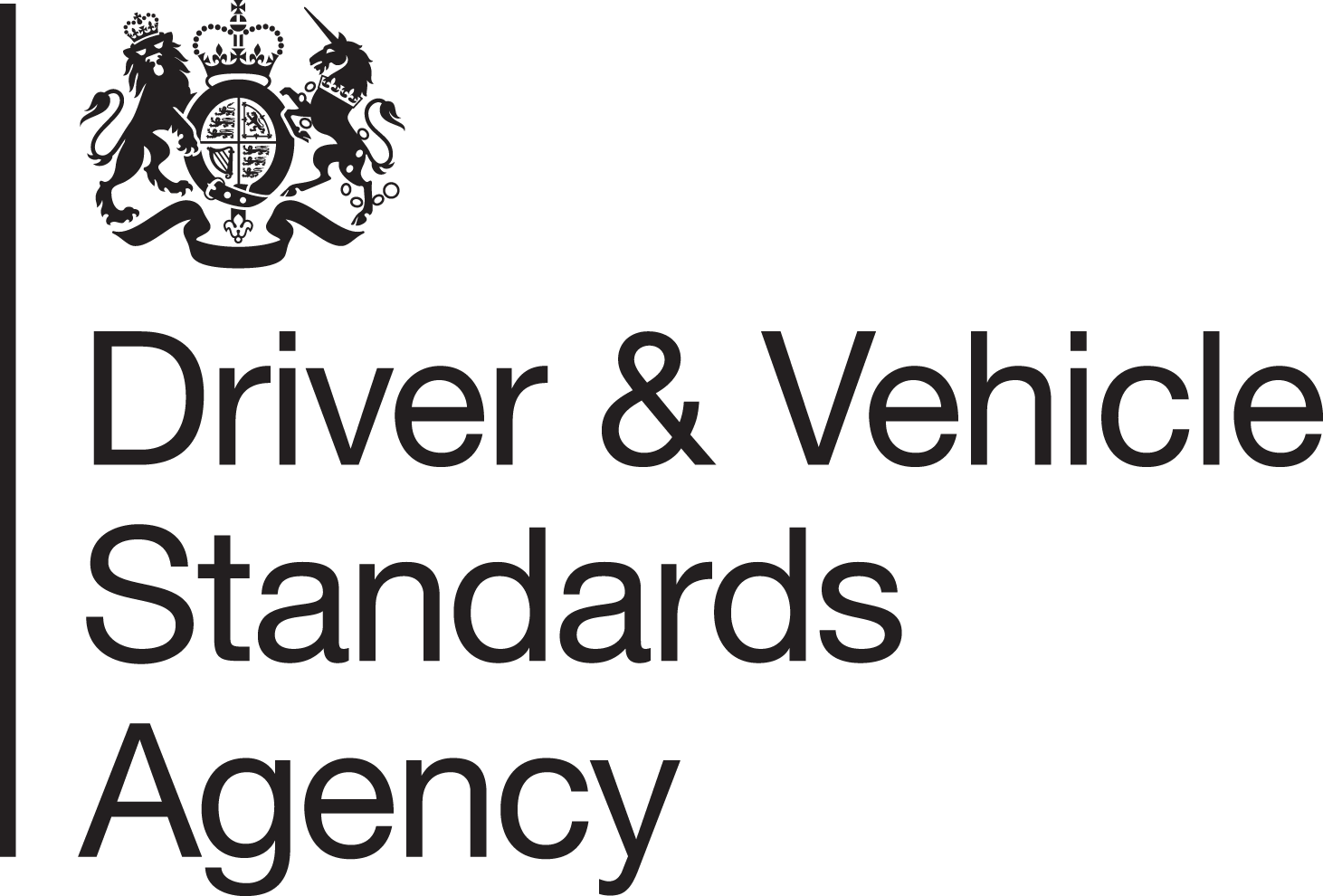Description
By the end of this module, drivers will be able to confirm:
- what daily driving limits are, why we need driving limits and how we adhere to driving limits.
- why they need to take breaks and rests, what is defined as a rest period and break and how they keep accurate records
- why the working time directive introduced, what the working time directive ensures, protects and improves and how they comply with the work time and breaks?
- why they need to use tachographs, what the components and data of a tachograph are and how to use tachographs
- why accurate record-keeping is important, what must be recorded and how information should be recorded.
- why they need to make manual entries, what needs to be recorded and how they record manual entries
- why a POA is different from a break or rest period, what a POA is and how POAs are used
- why securing a palletised load so important, what is needed to keep loads secure and how to handle and transport palletised loads safely.
- why bridge strikes happen, what bridge strikes mean to them and their company and also what can be done to prevent bridge strikes?
- what a vulnerable road user is, why we must safeguard our most at risk road users and how to keep vulnerable road users safe
- what speed limits are, why drivers should respect speed limits and how drivers decode the road speed limits
- what they need to check during a daily walkaround, why daily walkaround checks are needed and how we record daily walkaround checks.
- why is it dangerous to drive in a negative mood, what the triggers are, the risks of a negative mood and how they can maintain a positive mindset on the road
- why they should keep a healthy diet and maintain fitness, how what they eat affects their health and how they can get what they need
Subject Areas
- Vulnerable Road Users
- Loading/Unloading (LGV)
- Legislation (Hours/WTD/Regs)
- Legislation for Carriage of Goods
- Health, Safety & Emergencies
- Physical/Mental Health & Wellbeing
